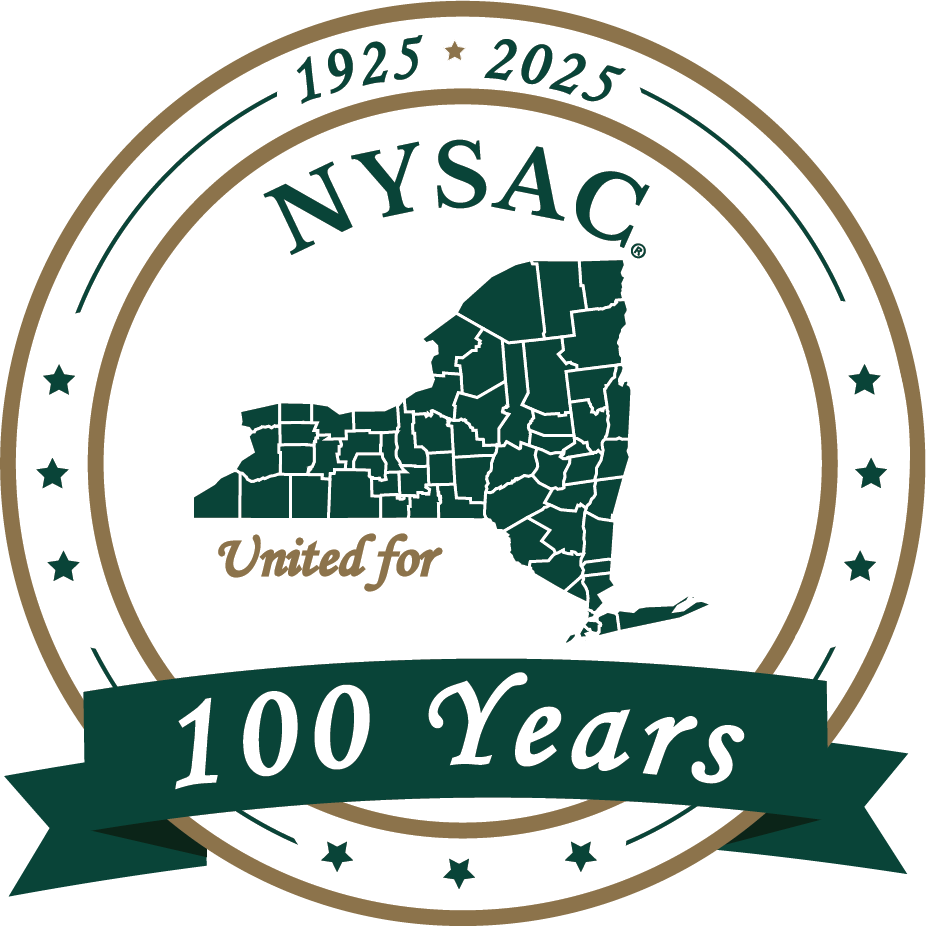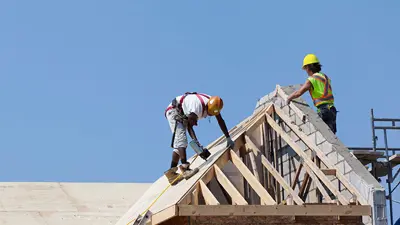NY Counties Lead
Counties Build Community: Local Leaders Driving Housing Solutions Across New York
By Joe Mahoney
Contributing Author
Across New York, county governments are responding to an acute housing shortage by launching a variety of innovative programs aimed at connecting their residents to safe and affordable places to call home.
The needs are real and the impacts of the housing affordability crisis are great. Experts say the housing crunch fuels homelessness and contributes to outward migration of people who believe they can find less expensive accommodations in other states.
They say the root cause of the crisis is an acute shortage of housing that is safe and within the means of prospective owners and tenants. Simply put, housing demand is not being met by the production of new homes.
County governments have emerged as leaders in offering solutions.
Westchester County, which operates multiple housing programs, boosted access to affordable housing opportunities by launching its updated HomeSeeker platform in May. Since then, some 2,500 people have registered on the site.
"It’s a practical resource for families trying to stay in Westchester or return to Westchester," County Executive Ken Jenkins said of HomeSeeker. "The site is designed to be easy to use and offers a level of transparency that was missing in the past."
In addition to providing families with information about available housing, HomeSeeker offers credit counseling and other services.
As part of its ongoing commitment to improving housing accessibility, Albany County has teamed up with the Affordable Housing Partnership, creating the First Time Homebuyer Navigator Program.
The goal is to remove many of the common barriers for first-time home buyers, with specialists connecting them to funding opportunities and offering advice on rehabilitation projects.
“Through personalized guidance, financial education, and direct connection to trusted local resources, this navigator will empower first-time homebuyers with the tools they need to succeed in purchasing a home. I look forward to working with the Affordable Housing Partnership to ensure that more residents, especially those most in need, have a real chance to build a better future,” said Albany County Executive Daniel P. McCoy.
In another initiative, Albany County opted to design a lifeline reaching homeless people dealing with mental health problems by crafting what it calls a Street Psychiatry program. That team consists of a nurse, a mental-health clinician, a nurse, a substance abuse counselor, a case manager, a peer advocate and a medical professional. "We're going to meet them on the street," McCoy said.
Albany County is among a growing number of county governments that are recognizing the importance of easing the housing crunch by encouraging the building of Accessory Dwelling Units - a type of dwelling that augments existing housing. McCoy recently signaled that Albany County is poised to provide tax breaks to residents who build ADUs on their property beginning in 2026.
McCoy said the tax breaks are expected to remove one of the financial barriers for the construction of accessory dwelling units,
The need for accessory dwellings is also being recognized by Ulster County through its promotion of what it calls the Plus One ADU program.
Working with RUPCO, a local agency that is involved in an array of housing programs, the ADU program in Ulster and several other Hudson Valley counties is making awards available of up to $125,000 towards the creation of an ADU.
"Ulster County has been an amazing partner for us to work with," said Faith Moore, senior vice president for RUPCO housing programs and solutions. "We've been extremely impressed with the involvement of County Executive Jen Metzer and her team."
Moore said it is important for applicants for Plus One funding to be thoroughly familiar with the local municipal guidelines for adding a residential unit to a property.
"The funds can be used to build a standalone ADU or it can be used to convert an existing building," Moore said. "It can be used to put an ADU above a garage or convert a basement or convert an attic."
The need for more housing in the region is great, she said, pointing to indications that many people have been priced out of a housing market that has seen aggressive increases in real estate costs. "We're seeing a large number of people living with extended families," she said.
In April 2024, the state legislature adopted a law to allow local governments to grant a partial exemption from taxes for the increased value of a property with a one- or two-family home where ADUs are built.
Rockland County, meanwhile, has been showcasing its ambitious Home Action Loan Opportunity (HALO) Awards
In announcing housing awards to four projects in his county, Rockland County Executive Ed Day said they represent "a monumental step forward in our ongoing efforts to address Rockland's housing crisis."
One significant project gaining support from Rockland's HALO program seeks to create 308 affordable housing units at the site of the former Haverstraw Chair Factory
Another HALO loan is designed to assist a developer planning to create an 81-unit affordable rental project in Haverstraw for income-qualified renters at 60% of the local average median income or below.
Seated in the western edge of the Southern Tier, Chautauqua County has launched a new Public Assistance Shelter Supplement initiative via its county Department of Social Services. It is designed to bridge the gap between public assistance shelter allowances and real-world rental rates.
“As housing costs continue to rise, far too many of our residents -- especially families with children -- have found themselves without stable housing,” Carmelo Hernandez, the Chautauqua County Commissioner of Social Services, said in a statement. “This new program allows us to offer practical, long-term solutions that not only reduce the cost of emergency shelter placements but improve quality of life for our community’s most vulnerable.”
Eligibility is determined based on public assistance status and current housing need, and supplements are tailored to household size and fair market rent rates. County officials say they are seeking a cost effective solution to placing homeless people in temporary hotel rooms, which they believe have proven to be unsuitable for children or achieving long-term stability.
“We’re using a ‘housing first’ approach, which means getting people into safe, stable homes first, and then supporting them with employment, health, and recovery goals," said Charlene Johnson, principal social welfare examiner for the county Department of Social Services.
Expanded efforts to connect people to affordable housing are also in the cards for the Monroe County government.
"We are making significant investments in affordable housing options," Monroe County Executive Adam Bello said in his State of the County speech. He cited the county's $1 million investment in the Monroe County Landbank to acquire properties and partnerships with agencies and developers to rehabilitate and resell vacant properties to first-time homebuyers.
Rural counties are also experiencing housing shortages for their residents. Chenango County plans to access $1 million in state grant money to build approximately 20 new housing units for people 62 years of age and older, along with those at risk of becoming homeless.
“Housing is a critical need in Chenango County and Norwich, especially,” Chenango's Director of Planning, Shane Butler, told television station WBNG. “We really want more housing variety, specifically for low-income, those who need assisted services and we’re hoping this facility can be a combination of many things to help with.”
Contact Us
New York State Association of Counties
515 Broadway, Suite 402
Albany, NY 12207
Phone: (518) 465-1473
Fax: (518) 465-0506

